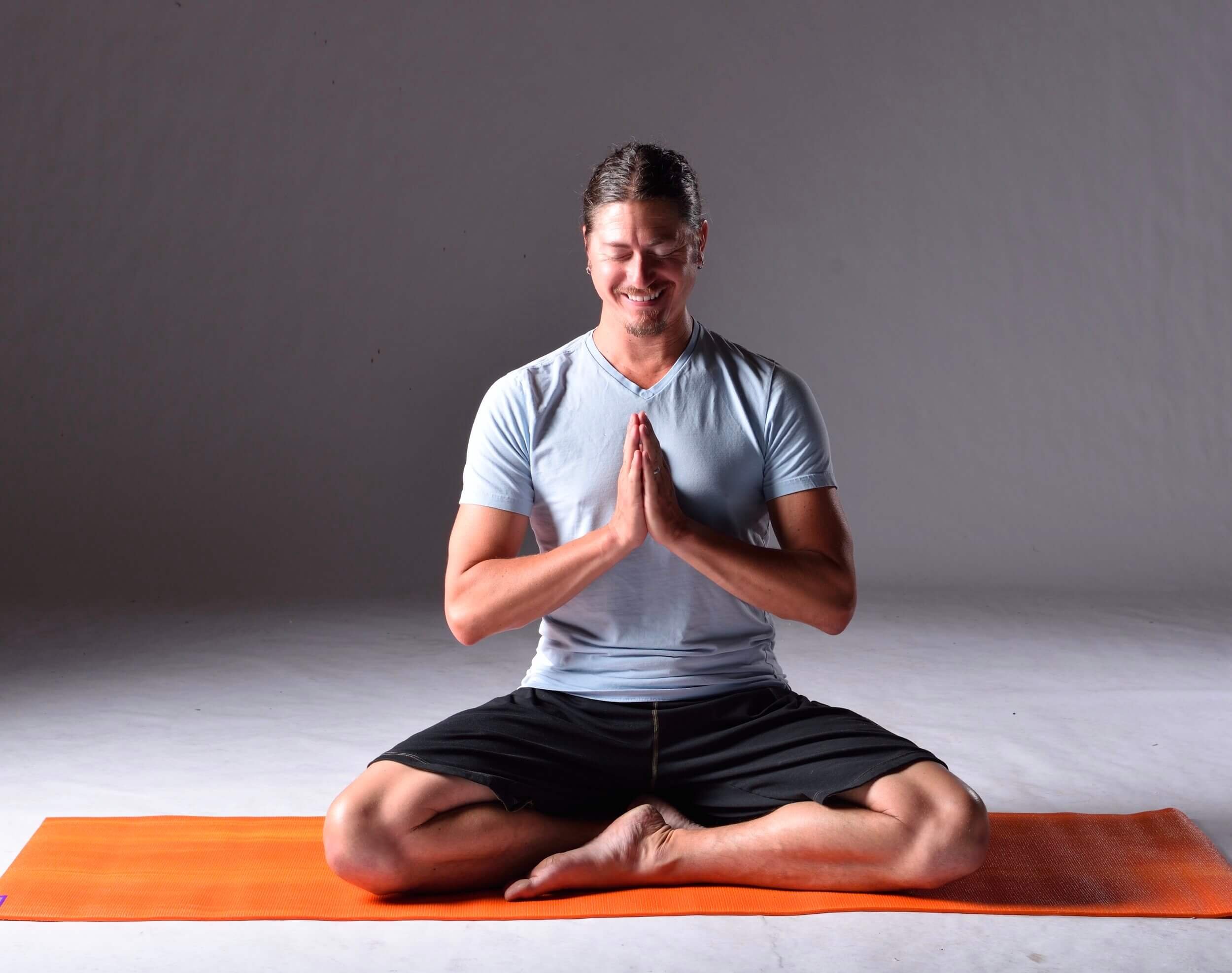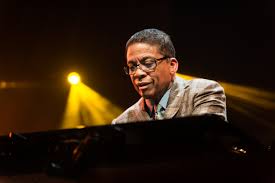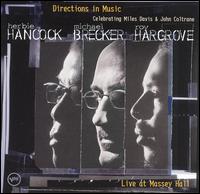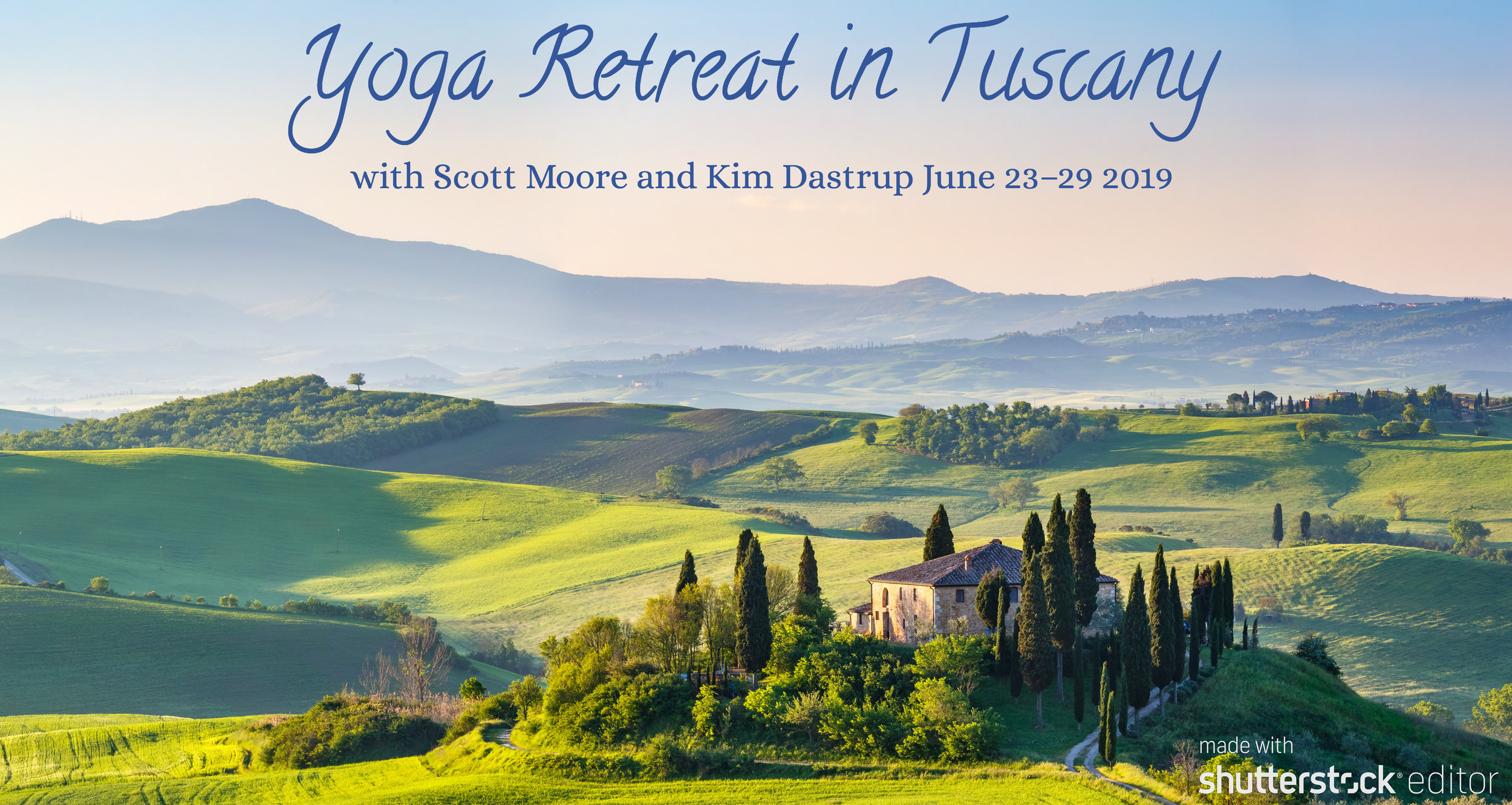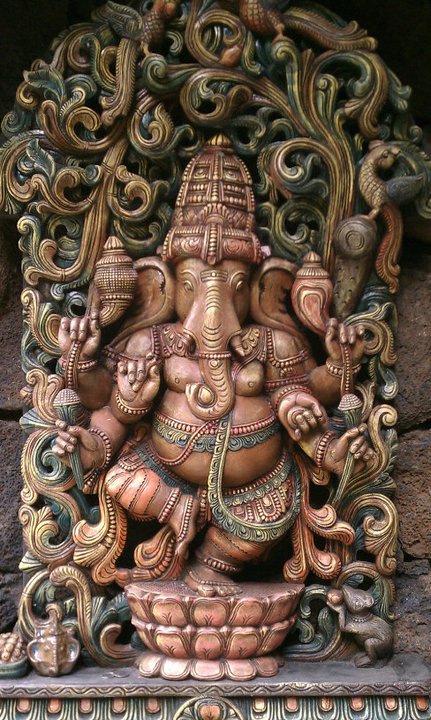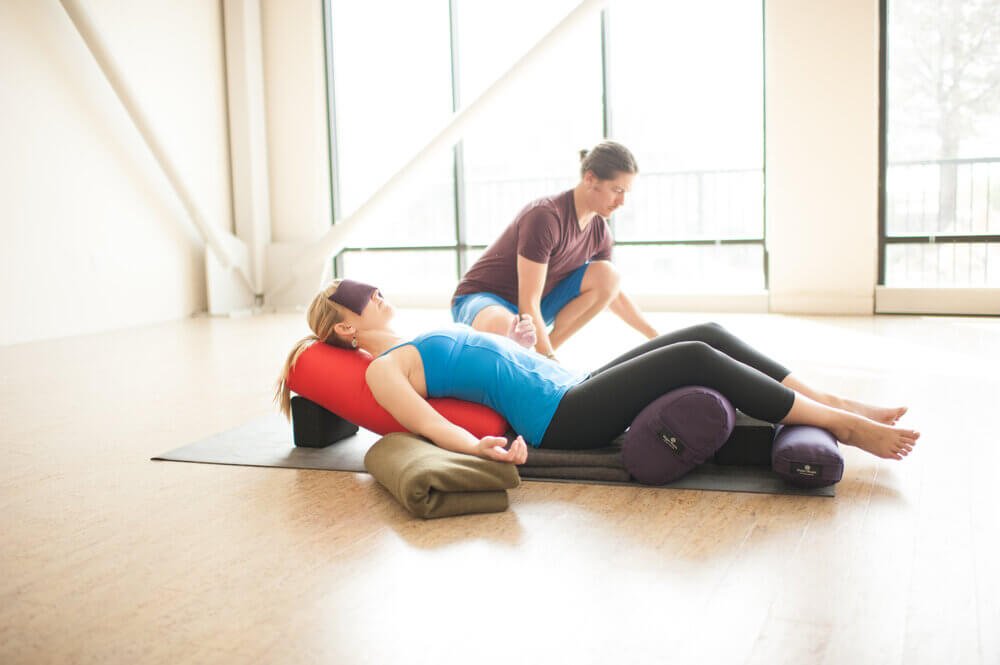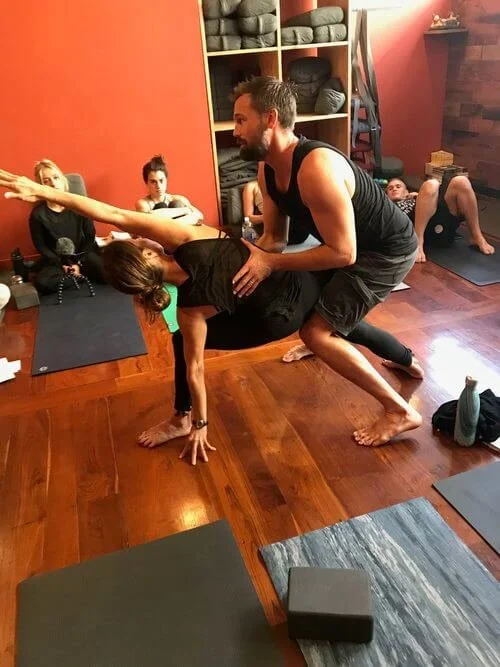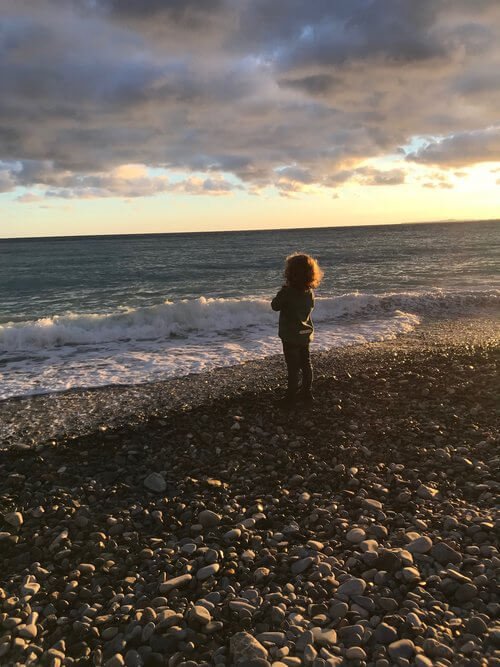We are well into spring and for many of us it’s time for some deep cleansing. In Ayurveda, you must first cleanse before you can add strength and power. Here’s a few yoga poses that will help you do just that by heating the system, twisting the torso, and inverting the body. These poses are great to help cleanse the system by moving lymph fluid. They also help with spinal decompression and organ cleansing.
Before cleansing, it’s necessary to add Tapas to the system. Tapas is both a word meaning tasty Spanish dishes served on little plates as well as a Sanskrit word described in the Yoga Sutras as the heat necessary for transformation. Getting the body to heat up with poses that warm up the body (without overly challenging it) is very useful before cleansing the body. These poses include standing poses like Warrior I, II, and III, Side Angle Pose, and Chatarunga. Once the body heats up, it’s ready for cleansing.
Twists: Cleansing Poses
Photo by Dan Morris
Twists are the best poses for cleansing. One of the reasons we want things twisting is to circulate our lymph. Sort of like nymphs, the spritely libido-rich fairies so abundant in enchanted forests, this kind of "ymph" are like the body’s fairies that flutter around the forest of your body's fluids systems and with their rich source of white blood cells, put magical spells on bacteria and other disease-causing microorganisms, spells that send these unwanted guests into your eliminatory systems. The problem with the lymph system is that unlike our circulatory system, lymph depends on movements. Therefore, poses like twists help to get your lymph moving to do their work. Some yoga postures that help with this are seated and standing twists like Ardhamatsyandrasana and Twisting Crescent Lunge Pose. is one of the best ways of keeping the lymph moving and thus keeping you healthy.
Twists are really excellent for the overall health of your back. They keep the body healthy by rotating the vertebral bodies of your spine and building strength and flexibility in the deep and superficial spinal and abdominal muscles. Twists maintain elasticity in the disks between the vertebrae as well as the ligaments of the back. Twists alternately compress and stretch the hemispheres of the chest, stimulating respiratory function. They also give a healthy massage to other vital organs, like the stomach, liver, intestines, and kidneys. Plus, twisting can help restore symmetry between the shoulders and pelvis which can be the problem of some kinds of back pain.
Your nervous system literally revolves around your spinal cord so doing twisting poses helps wring out the nervous system. Your nervous system is one of the interesting junctures of mind and body. Twists and other tension-relieving poses do wonders to help relieve emotional tension that gets trapped in the body in the form of tight muscles.
Inversions
Inversions are poses that turn you upside-down. Common inversions are Headstand, Handstand, and Legs-Up-The-Wall Pose. Just like twists, inversions are great to help you cleanse your system. Our digestive system sometimes get compacted and turning things upside-down helps to get things moving again. Inversions are also excellent for decompressing your spine, strengthening your arms and shoulders, and strengthening both the deep and superficial core muscles.
Getting upside-down is perhaps the best way of moving lymph through the bod and cleaning house. Inversions also build muscles in the neck and shoulders. They tone vital organs and stimulate glands. Like twists, inversions build strength and flexibility in the superficial and deep muscles and connective tissue along the spine and rib cage, most notably in the diaphragm and abdominal muscles. With all this muscular toning along our spine and ribs, our posture shapes up. When done properly, inversions can lengthen our spine. Inversions also help out your digestion, respiration, and circulation systems. Last, inversions can maybe help you look at this sludge in the air in a different way, when you see it from upside-down.
Consider some gently-heating poses, twists, and inversions as you’re mindfully planning how to spring clean your body, mind, and spirit.











